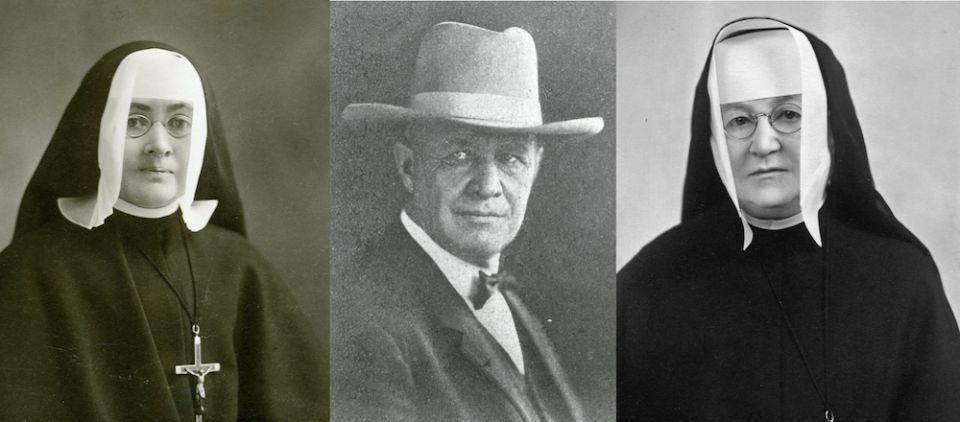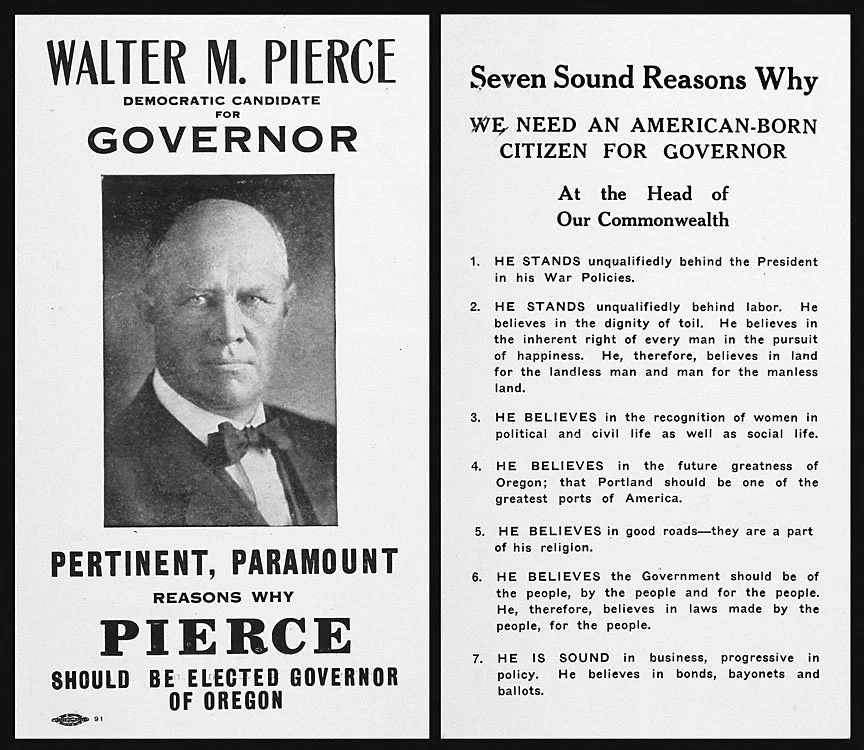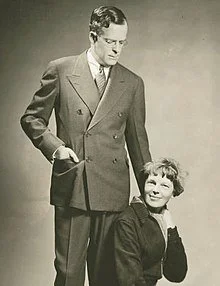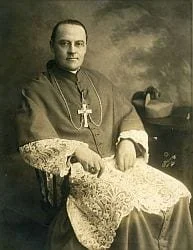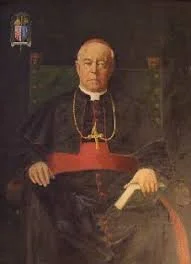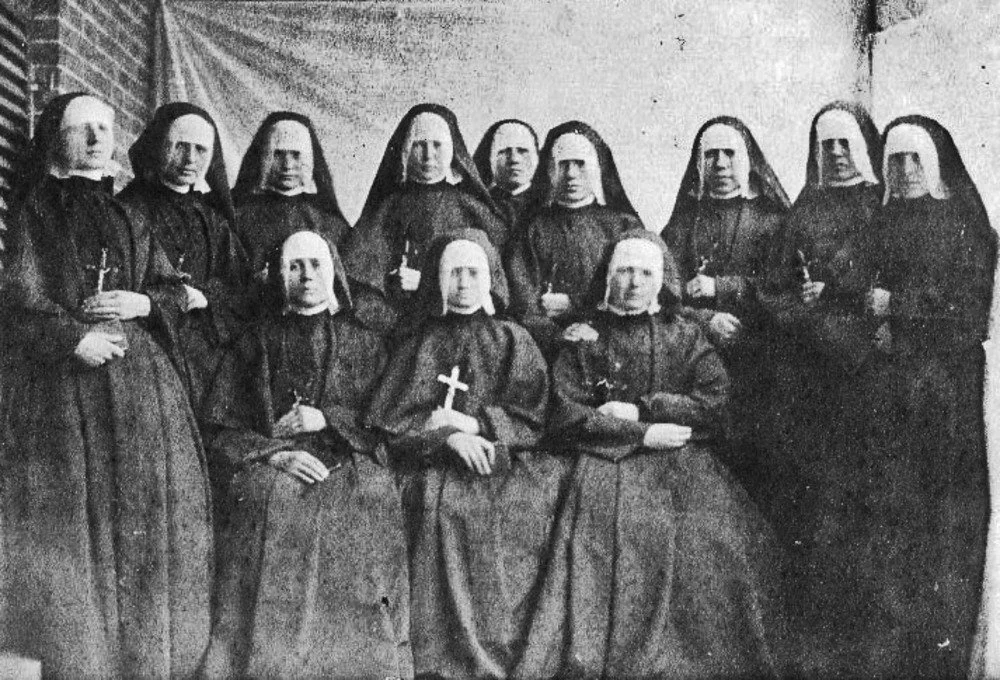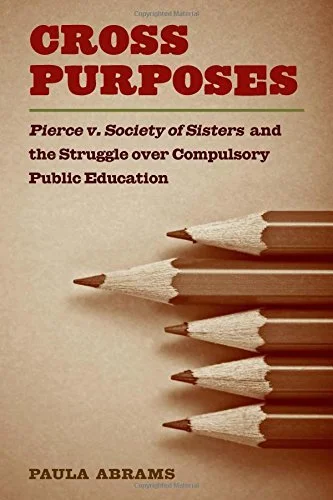When Oregon voters tried to put private schools out of business
‘Gone are the days that families are limited to only the school assigned by government. The day has arrived that empowers parents to choose the school that’s best for their child.”
Texas Governor Greg Abbott on May 3, 2025 after signing a bill that will make $10,000 in public funds available per student to spend on private school tuition.
The Governor was only a hundred years late. Many parents chose a Catholic school education in Oregon in 1925. People who remember the Oregon School Bill Battle (1922 - 1925) can only marvel at the massive twist of fate Abbott’s words signify for primary and secondary education in America. Private schools almost didn’t make it a hundred years ago when it took a Supreme Court ruling to save the private schools in Oregon. Today, private schools are alive and in 16 states are now receiving public funding.
To grasp this stunning reversal of fortune it helps to know how backers of Catholic schools, which made up sixty percent of private K-12 schools in America in 1925, fought back when voters in Oregon tried to shut them down. The testament to their success is Pierce vs Society of Sisters, the Supreme Court case that saved private education in America.
QUICK RECAP – In 1920 the Masonic Order decides all kids should attend public schools so they’ll be better Americans. In 1922 in Oregon, an initiative to close all private schools by Sept. 1926 passes with a huge assist from the Ku Klux Klan. In January 1923 the Archdiocese of Portland puts together a court challenge. On June 1, 1925, SCOTUS unanimously overturns Oregon’s voters, establishing private education’s place in America.
WHY DOES IT MATTER TODAY? – Due Process. Parental Rights. Attorneys for the Society of Sisters convinced the Courts that the Sisters, who established St. Mary’s Academy in 1859, didn't get the due process guaranteed any business before it is shut down by the State. Multiple lawsuits are in play today over Due Process for deportees. Archdiocese lawyers also argued successfully that parents – and not the State – had a natural right to choose how their children are educated. The current Supreme Court is set to rule on whether parents have the right to exclude their kids from objectionable lessons.
So, as you listen to today’s education debates, here are some scenes from the compulsory public school debate one hundred years ago here in Oregon.
MEET PIERCE AND THE SOCIETY OF SISTERS
The Society of Sisters, having arrived in Portland in 1859, was the obvious choice to sue the State of Oregon to overturn the ballot measure that would close private schools.
Sister Mary Flavia Dunn (left) was Oregon provincial of the Society of the Sisters of the Holy Names of Jesus and Mary (SNJM) from 1911 to 1920. (Courtesy of the Sisters of the Holy Name of Jesus and Mary , U.S.-Ontario Province archives); Gov. Walter Pierce of Oregon (center) backed the Klan and the anti-Catholic Compulsory School Act; Mother Alphonsus Mary Daly (right) was Oregon provincial of the Society of the Sisters of the Holy Names of Jesus and Mary from 1920 to 1929. In reaction to the success of the ballot measure mandating public school education for all Oregon children, the order sued Gov. Pierce and other state officials for the right of families to choose where their children would be educated. They won.
WAS GOVERNOR PIERCE KKK?
Pierce, a Democrat, pandered to members of the Ku Klux Klan by supporting their effort to close private schools. He won election the same day their school bill measure passed.
Pierce was kind of KKK. He knew he needed Klan support when he ran for Governor in 1922. The same year the School Bill was on the ballot. He courted the Klan and won its endorsement by his full-throated support for the measure. “I believe we would have a better generation of Americans, free from snobbery and bigotry, if all children were educated in the free public schools of America.” But, but, but. Pierce went on to become a staunch advocate of the New Deal as a Democratic congressman from Oregon. In the Legislature in 1919 he was the only Senator to vote against a bill that cracked down on citizen’s rights during the red scare. So, not a card-carrying, white-sheet- wearing member of the Klan. But he went after their votes. Harry Truman had a similar relationship to the Klan in Missouri.
MASONS AND KKK IN COMMON CAUSE
By the time of the November 1922 election, members of the Ku Klux Klan had become mainstays of Portland’s political class. Historian Kimbark McColl asserts that this photo was the result of two Klan leaders crashing a photo op for publicity purposes.
Why was it necessary to make every student attend a public school? What was the problem with private schooling? Why did the Freemasons and their clique (Klan members, Oddfellows, Orange Order, Sons of Pythias, etc.) make it their mission to close all Catholic schools in America? The Oregon School Bill battle would reveal all.
“We must now halt those coming to our country from forming groups, ESTABLISHING SCHOOLS and thereby bringing up their children in an environment often antagonistic to the principles of our government.” Freemasons pamphlet
“The place for young minds is in the public schools. We must teach every boy and girl in this country first to be a good American citizen, and the basis of this teaching is the public school.” Leonidas P. Newby – Grand Master of the Knights Templar – Methodist Episcopal church leader.
“The State has a duty to teach children their true allegiance....and impress on young minds that the claims of government were superior to those of any religion. No church. Only state. The increase among crime in children is due to private schools. Such schools are conducted by Bolshevists, Communists and Syndicalists.” Campaign pamphlet.
“Why do the Catholics deprive their children of a public-school education? It is to stamp upon its children a distinction which is to set them apart the rest of their lives and to make them other than they should be if they grew up in the atmosphere of the democracy of the public schools.” Sen. Geoge E. Chamberlin’s argument to SCOTUS to uphold the school bill.
To which Judge John Kavanaugh, lead counsel for the Society replied, “There is no evil to be remedied.”
ASLEEP AT THE DESK: OREGON NEWSPAPERS
One editor in Oregon who was awake to the threat posed by the Ku Klux Klan was George Putnam of Salem. He eventually left Oregon for New York and married Amelia Earhart.
There was no such thing as “media” as we know it today a hundred years ago. There were just newspapers. You’d be surprised by how many Oregon newspapers of the day chose not to take a stand against the School Bill ballot measure. The Oregonian and Oregon Journal didn’t support the measure but they didn’t oppose it ether. The Portland Telegram took a stand, accusing the Klan of making money off prejudice and racial animosity and “sidetracking the public mind from economic issues. The people foolishly fighting over religion and fanning the fires of fanaticism, they have forgotten all about the agitation against 8 cent street car fares, high telephone and other service rates and reduced age scales that before the advent of the Klan threatened the profits of big business.” In Salem, editor George Putnam was consistently critical, calling the campaign, “A debate over the efforts of unscrupulous grafters to commercialize religious and racist animosities for personal or political profit.”
BISHOPS BICKER
From the day he was installed as Bishop of the Portland Archdiocese, Alexander Christie made building Catholic schools his top priority.
Portland Diocese Archbishop Alexander Christie knew from the day he was installed that he had to build schools. “I shall build schools first or I shall have an empty cathedral 20 years from now.” He headed fundraising to defeat the measure and then with Judge John Kavanaugh constructed the case that convinced all nine members of the Supreme Court the Oregon school bill was unconstitutional. Basically, he had to beg his fellow U.S. Bishops for their help. “Without assistance we would not be able to take the steps necessary to protect the rights of our sorely aggrieved people. Surely the Bishops will not stand by inactive while the faith is being strangled in our innocent children. Our case will be their case tomorrow.” The Bishops came through with the financing for the legal battle and claimed full credit for the victory. Two Bishops expressed remarkably different opinions of the voters of Oregon after they passed the Oregon School Bill.
Archbishop Michael J. Curley Baltimore, MD
“America, I think, has one of the most stupid populations in the world because it allows such organizations as the Ku Klux Klan to exist. The Masonic body is directly opposed to Catholicity and has at least thrown off the mask.”
Bishop Edward J. O’Dea of the Seattle Archdiocese spent time as a missionary in Southern Oregon in the mid-19th century.
“I have ever been a believer in the broadmindedness and fairness of the American people and have felt that the passage of the nefarious school bill in Oregon did not represent the people of that great state.”
KAVANAUGH AND MALARKEY CONVINCE APPEALS COURT
Judge John Kavanaugh was chosen by Archbishop Christie to carry the case against the School Bill to the Supreme Court.
Before it went to the Supreme Court, Pierce vs Society of Sisters went to a three-judge federal appeals panel that heard the case in Pioneer Courthouse. The team of attorneys put together by Archbishop Alexander Christie won the day. The court issued an injunction that would allow private schools to stay open in Oregon. Joining Kavanaugh was Dan Malarkey, an attorney with a bright future ahead in politics. He attacked the idea that public schools brought together different classes of society, “You don’t mingle the rich and the poor. You have your school out here by Riverside, a public school that is as aristocratic an institution as ever existed anywhere. The character of the schools is determined by the neighborhood in which the school is located.” The he went after the initiative process that enabled the voters to force kids into public schools, “The waves of intolerance and bigotry passing over this country create a greater anger of unconstitutional acts undertaken by the people at large rather than by the legislatures. The flames of class hatred would only be fueled if a dominant majority undertakes to compel parents to surrender the right they have exercised since the dawn of history.”
Attorney Daniel J. Malarkey, who went on in Oregon politics to serve two terms as President of the Senate. Early in his career he worked with the Archdiocese on Oregon’s first minimum wage law covering women workers.
SCOTUS UNANIMOUS
The Taft Court, 1925. Seated, from left: Justices Willis Van Devanter and Joseph McKenna, Chief Justice William Howard Taft, and Justices Oliver Wendell Holmes, Jr. and James C. McReynolds; standing, from left: Justices Pierce Butler, Louis D. Brandeis, George Sutherland, and Edward T. Sanford.
“The child is not the mere creature of the state; those who nurture him and direct his destiny have the right, couple with the high duty to recognize and prepare him for additional responsibilities.” Associate Justice James McReynolds wrote the decision and not a single Justice dissented. “The sharp issue presented here is whether the state can require a child to go to public school,” he wrote. Nope. Despite the will of 115,506 Oregon voters. “There is nothing in the present record to indicate that they (Oregon private schools) have failed to discharge their obligations to patrons, students and the state.” Case closed.
SISTERS ELATED (AND NO DOUBT RELIEVED)
None of the Sisters of the Holy Names pictured here was around when the Supreme Court upheld their Order’s right to educate children. These nuns arrived in Oregon in 1859.
“Our joy is unbounded. It’s as if the very floodgates of heaven had opened and poured out on the length and breadth of our United States the refreshing waters of the renewal of spirit.” The unidentified Sister who wrote that said of their late Archbishop Christie, who had died before the Supreme Court decision, "that none would know the secret of the unparalleled victory before he did."
The reporter is grateful to Paula Abrams of Lewis and Clark Law school for her thorough treatment of Pierce. The Oregon Historical Society was an essential research source as well.

